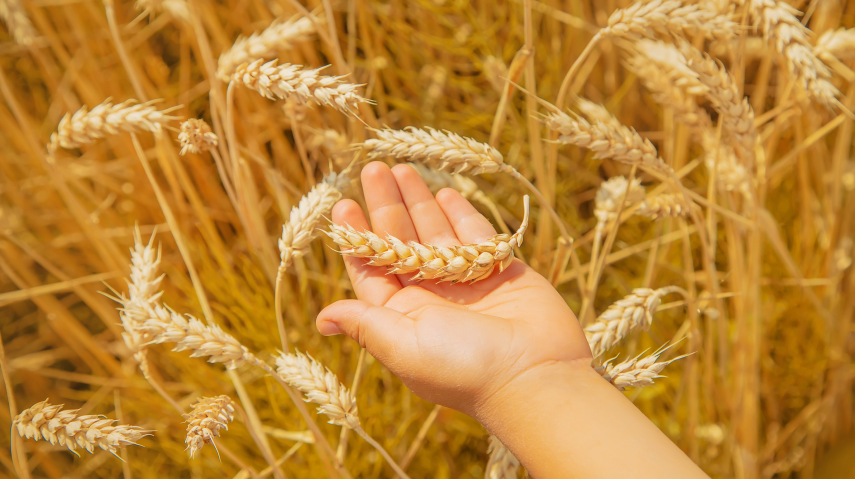For many people, a delicious plate of pasta can be a comfort food, a quick meal, or even a culinary adventure. However, for some, indulging in a bowl of spaghetti or macaroni can trigger an unexpected and uncomfortable reaction. This is often due to a wheat allergy, a condition that many people might not realize they have.
Understanding Wheat Allergy
Wheat allergy is an immune response to proteins found in wheat, such as gliadin and glutenin. These proteins are primarily found in pasta and other wheat-based products. When someone with a wheat allergy consumes wheat-containing foods, their immune system mistakenly identifies the proteins as harmful and mounts an allergic response. This response can range from mild to severe, and in some cases, it can even be life-threatening.
Common Signs and Symptoms
The symptoms of a wheat allergy can vary from person to person, and they often mimic other allergic reactions. The most common signs include:
- Skin Reactions: Hives, itching, or skin rash are common indicators of a wheat allergy. These symptoms can appear within minutes to hours after consuming wheat-based foods.
- Digestive Issues: An allergic reaction to pasta or other wheat-containing foods can lead to digestive problems such as nausea, vomiting, diarrhea, or abdominal cramps. These symptoms can be particularly distressing, as they often resemble other gastrointestinal issues.
- Respiratory Problems: Some individuals experience respiratory symptoms such as a runny nose, sneezing, coughing, or difficulty breathing. In severe cases, this can escalate to anaphylaxis, a potentially life-threatening condition that requires immediate medical attention.
- Headache or Fatigue: Though less common, some people report headaches or a general feeling of fatigue after consuming wheat. This could be due to the body’s immune response affecting the nervous system.
Distinguishing Wheat Allergy from Other Conditions
It’s crucial to differentiate wheat allergy from other conditions like celiac disease or gluten intolerance. While all three conditions involve a reaction to wheat, they differ in their underlying mechanisms and severity.
- Celiac Disease: This is an autoimmune disorder where the body attacks the small intestine upon gluten consumption. Unlike a wheat allergy, celiac disease does not cause an immediate allergic reaction but leads to long-term damage to the digestive tract.
- Gluten Intolerance: This is a non-allergic sensitivity to gluten. People with gluten intolerance experience symptoms similar to those with wheat allergy or celiac disease but without the immune response associated with an allergy.
Diagnosis and Management
Diagnosing a wheat allergy typically involves a combination of medical history, skin prick tests, blood tests, and sometimes an oral food challenge. It’s important for individuals who suspect they have a wheat allergy to consult an allergist for proper testing and diagnosis.
Management of a wheat allergy primarily involves avoiding wheat-containing foods. This includes reading food labels carefully, as wheat can be found in many unexpected products. Additionally, individuals with severe allergies should carry an epinephrine auto-injector in case of accidental exposure.
Alternative Options for Wheat Allergy Sufferers
For those with a wheat allergy, the idea of giving up pasta might seem daunting. However, there are many alternative options available. Gluten-free pastas made from rice, corn, or legumes can be a suitable and delicious substitute. Additionally, many stores now offer a variety of wheat-free products, making it easier for individuals with wheat allergies to enjoy their favorite dishes.
Conclusion
An allergic reaction to pasta or other wheat-containing foods can be more than just an inconvenience—it can be a serious health issue. Recognizing the signs of a wheat allergy is crucial for individuals who experience symptoms after consuming wheat. By understanding the potential dangers and learning how to manage this condition, individuals with wheat allergies can still enjoy a varied and satisfying diet.

